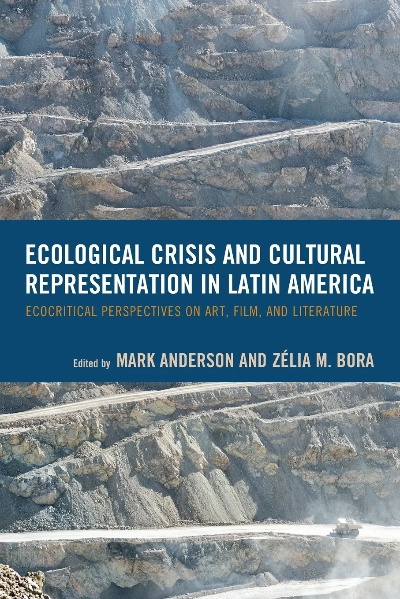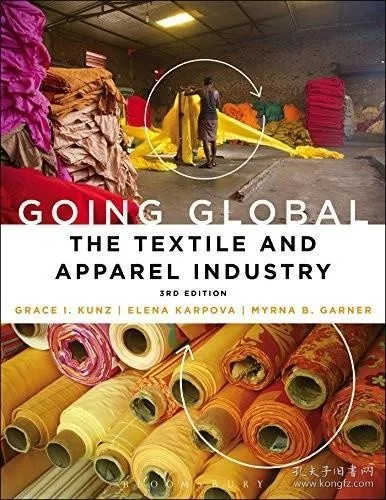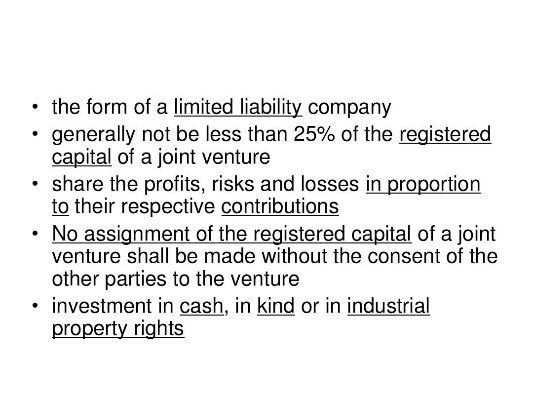The Global Textile Crisis:Causes,Impacts,and Prospects
The global textile industry has been facing a crisis, caused by various factors such as overproduction, environmental concerns, and competition from emerging markets. The impacts of this crisis have been significant, with many factories closing down or going out of business, leading to job losses and economic downturns in affected regions. However, there are also opportunities for growth and innovation in the industry. As technology advances and consumers become more environmentally conscious, new products and services will emerge that can help the industry thrive. Additionally, governments around the world are implementing policies to address environmental issues and promote sustainable development, which could provide new opportunities for the industry. Overall, while the global textile crisis presents challenges, it also presents opportunities for adaptation and growth.
Introduction: The textile industry has been a pillar of global economic growth for decades. However, the recent wave of financial crises that began in 2008 has had a profound impact on the sector, leading to significant challenges and uncertainties. This essay will explore the causes of the textile crisis, its effects on various stakeholders, and possible future developments.
Causes of the Textile Crisis: One of the primary drivers of the textile crisis was the overcapacity in the industry. Many countries, including China, India, and Bangladesh, were producing textiles at a rate that far exceeded their demand. This led to overstocking, which resulted in low prices and reduced profitability for manufacturers. Additionally, the global financial crisis of 2008 led to a slowdown in international trade and investment, further exacerbating the problem.

Impact on Stakeholders: The textile crisis had a significant impact on various stakeholders, including manufacturers, retailers, consumers, and investors. Manufacturers were forced to reduce production and lay off workers, leading to job losses and economic hardship. Retailers faced increased competition from online platforms and lower consumer spending, which affected their sales and profits. Consumers were also affected as prices fell and quality declined, making it more difficult for them to buy high-quality products. Investors, who were previously optimistic about the sector, were now concerned about the long-term viability of the industry.
Prospects for the Future: Despite the challenges faced by the textile industry, there are signs of hope for the sector's recovery. Governments around the world are implementing policies aimed at reducing overcapacity and increasing efficiency in the industry. These measures include investing in research and development, promoting sustainable practices, and encouraging the use of alternative materials. Additionally, new technologies such as automation and robotics are being introduced to improve productivity and reduce labor costs.
In conclusion, the textile crisis was caused by overcapacity and a slowdown in international trade, which led to low prices and reduced profitability for manufacturers. While the industry faces numerous challenges, there are signs of hope for its recovery. Governments and other stakeholders must work together to implement policies that promote efficiency and sustainability in the industry. By doing so, they can help the textile sector regain its footing and continue to contribute to global economic growth.
背景介绍
近年来,纺织品行业经历了前所未有的金融危机,给全球纺织产业链带来了巨大的冲击,本篇文章将围绕纺织品金融危机这一主题,探讨其现状、影响以及应对策略。
现状分析
纺织品市场波动
近年来,纺织品市场经历了快速波动,主要受到国内外经济环境、国际贸易政策、市场需求等多重因素的影响。
产业链受冲击
纺织品产业链包括原材料采购、生产加工、销售等多个环节,受到金融危机的影响,各个环节都面临挑战。
影响分析

消费者信心受挫
纺织品作为日常生活必需品,其价格波动直接影响消费者购买力,进而影响消费信心。
出口贸易受阻
纺织品出口贸易受金融危机影响,出口量减少,贸易壁垒增多,给出口企业带来巨大压力。
产业链调整与升级
为了应对金融危机,产业链需要进行调整和升级,提高生产效率和质量,适应市场需求。
应对策略
政策支持与市场调节
政府应出台相关政策支持纺织品行业稳定发展,同时加强市场监管,维护市场秩序。
科技创新与产业升级
鼓励纺织品行业加强科技创新和产业升级,提高产品质量和附加值。
多元化市场开拓与品牌建设

纺织品企业应开拓多元化市场,提高品牌知名度,增强市场竞争力。
案例说明:某地区纺织品金融危机的应对策略
以某地区为例,其纺织品金融危机的应对策略主要包括以下几个方面:
(1)政策支持:政府出台了一系列支持纺织企业稳定发展的政策措施,包括税收优惠、资金扶持等。
(2)市场调节:加强市场监管,维护市场秩序,同时积极开拓多元化市场,提高品牌知名度。
(3)科技创新:鼓励纺织企业加强科技创新和产业升级,提高产品质量和附加值,同时积极引进先进技术和管理经验,提高生产效率和质量。
(4)案例分析:某纺织企业在金融危机期间成功转型,通过优化生产流程、提高产品质量和附加值等方式,成功应对了金融危机,同时加强品牌建设,提高了市场竞争力,该地区还积极推动产业链调整和升级,提高生产效率和产品质量。
结论与建议
纺织品金融危机是一个复杂的问题,需要政府、企业和社会各方面共同努力应对,在应对策略方面,政府应加强政策支持与市场调节,鼓励企业加强科技创新与产业升级;企业应积极开拓多元化市场,提高品牌知名度;同时加强自身管理,提高生产效率和质量,在具体实施过程中,还需要注意防范风险、加强监管等措施。
我们还需要从以下几个方面提出建议:一是加强国际合作与交流,共同应对全球性挑战;二是推动纺织产业链的调整和升级,提高产业链的整体竞争力;三是加强人才培养和引进,为纺织行业的发展提供人才保障。
Articles related to the knowledge points of this article:
Top Textile and Home Furnishing Brands
Eco-friendly Textiles:A Comprehensive Guide to Effective Energy Conservation
Navigating the World of Textile Dyes and Fixatives for Success
The Price Dynamics of Lavender Textile Products:A Comprehensive Look



